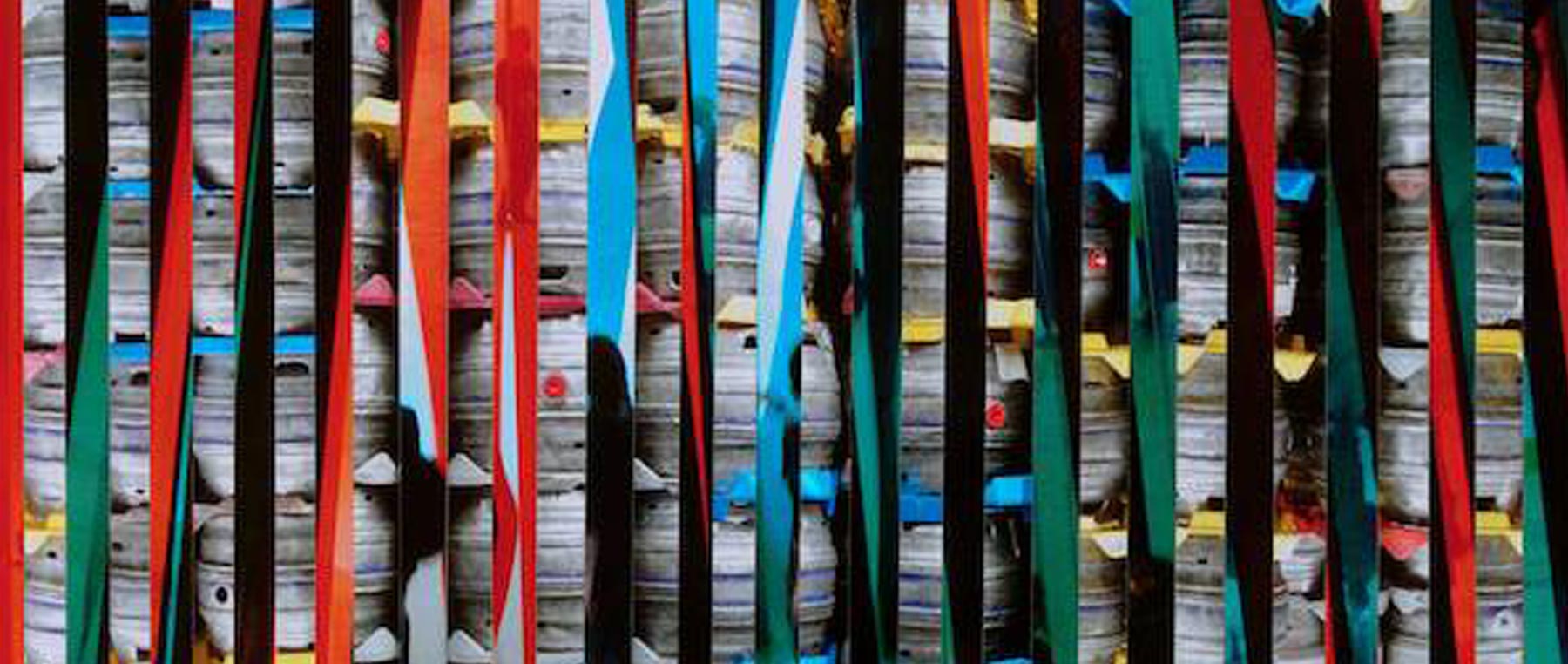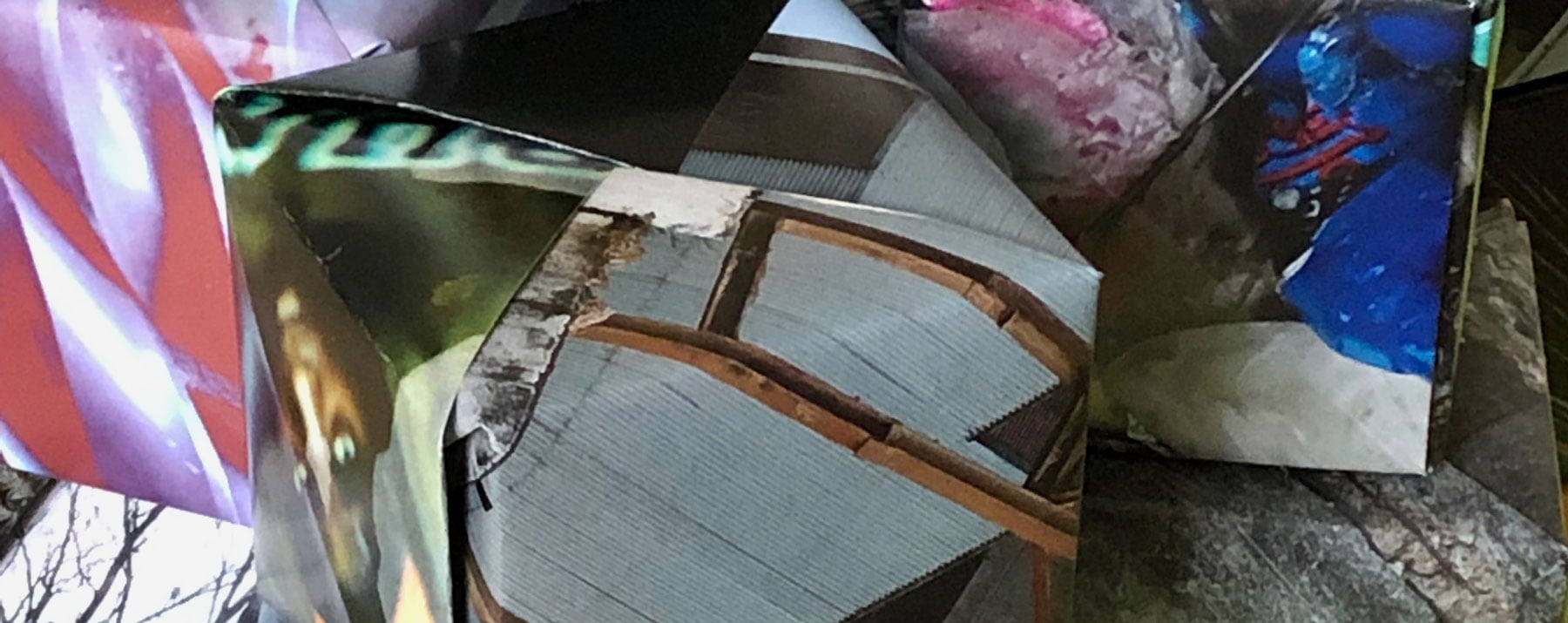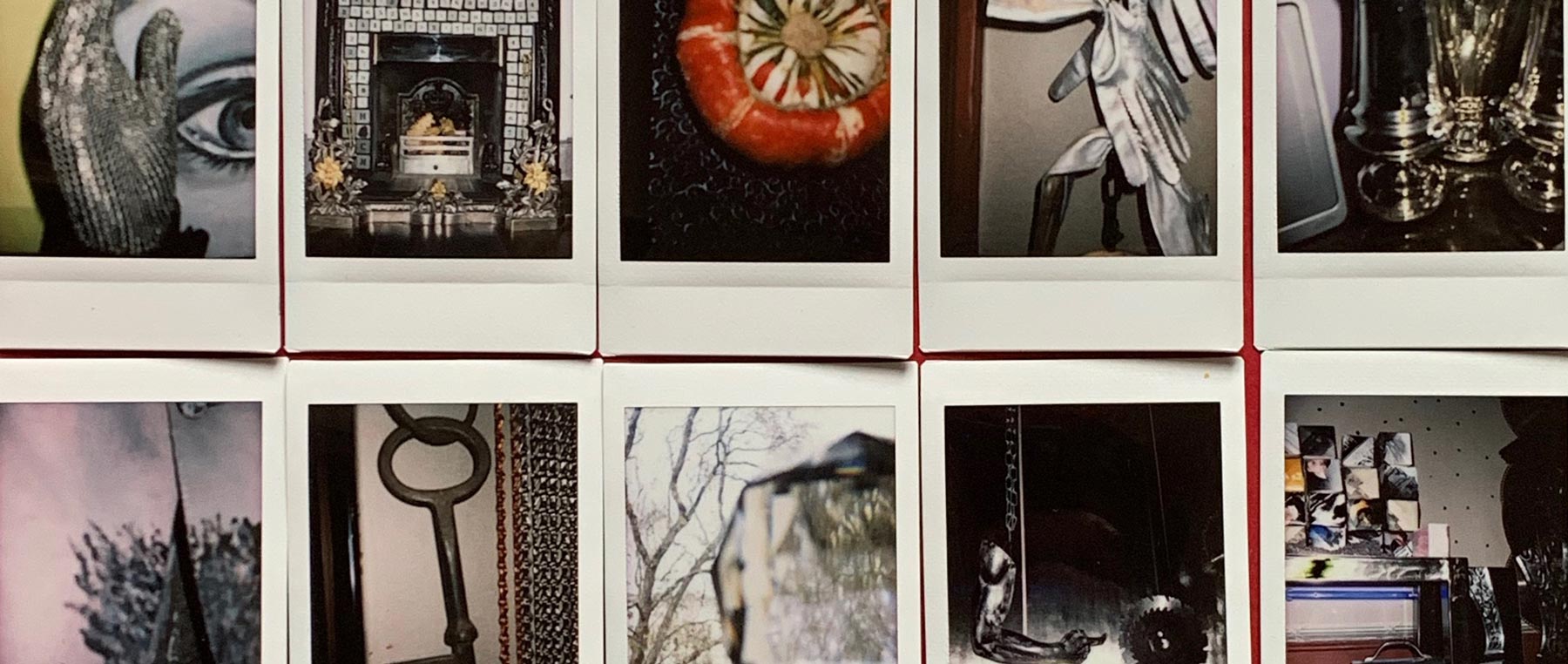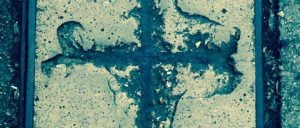Photography
LONDON WALL
This art project takes its inspiration from the borough of the City’s London ancient defensive wall built by the Romans around Londinium. Today only remains a long busy road bearing the name.
Each “paving stone” is made using photos Hambro took in the area on one part, the other is formed using pages of a 1860s copy of the London Illustrated magazine, thus making a further reference to the history of the city.
WILLUMS ART FOUNDATION
Residency 2012
I was asked to be artist in residence at the Willums Art Foundation in France. I arrived there with only the outline of a concept in mind, bringing several cameras and videos recorders, all technically basic, no sophisticated devises whatsoever.
CITYGRID
The Citygrid series is a kind of double vision interpretation of particular areas of London; Wandworth, King’s Cross, Monument, Westminster, Soho, Mayfair, Southbank. The grid collages are hand-made (not done digitally) so each work is unique. The juxtaposition of two images of the same location renders the artist’s somehow abstracted perception of familiar place in the city.
![]() [/vc_column_text][vc_column_text]
[/vc_column_text][vc_column_text]
POLAROIDS
Nathalie Hambro’s work with polaroid is fascinatingly experimental as when the films were produced again by the Impossible Project in 2011, many years after the original Polaroid company had closed down, at the beginning production was not yet technically perfected and there were many chemical corruptions. As a result the images are not only unique, but also produce an unpredictable result. Then polaroids had also the options to be with black, silver or white frames which interacted with the perception of the image itself.
INCIDENTAL CROSSES
The photos, as well as the *video, prompted me being asked to talk at King’s College London about ‘incidental crosses’ in art. The first photo is from a weathered manhole cover in Bunhill Fields, a former burial ground in Islington. The first series is taken from a 1970’s abandoned building on the Strand, Westminster, the crosses are revealed next to burning marks left from the ceilings light fittings. The other series is of grime and moss deposits left between stones on the steps of St George’s church, Bloomsbury, (designed by Nicholas Hawksmoor, 1730).
All locations: Central London.
RE-PROCESSED
For this series Nathalie Hambro takes one of her photo of a figurative subject and hand-slices it into long strips. Each one is then painstakingly folded creating an abstract three-dimensional work. The re-processed work is contained in a perspex, steel and glass box. As a third stage, Hambro photographs once more the work, which mimics a radiograph. The image has lost its initial two-dimensional meaning and has transformed with a re-incarnated identity. The two last processes are an inseparable pair.
TRASH 2
Hambro visited several time a state of the art recycling plant, there she saw a kind of beauty at every stages of the process. She focused on the colourful piled-up trash with its consumerism references, and on one of the final stage, when the processed mass comes out and is dropped in cold water, solidifying into various intricate shapes.





 copyright – NATHALIE HAMBRO © 2019
copyright – NATHALIE HAMBRO © 2019